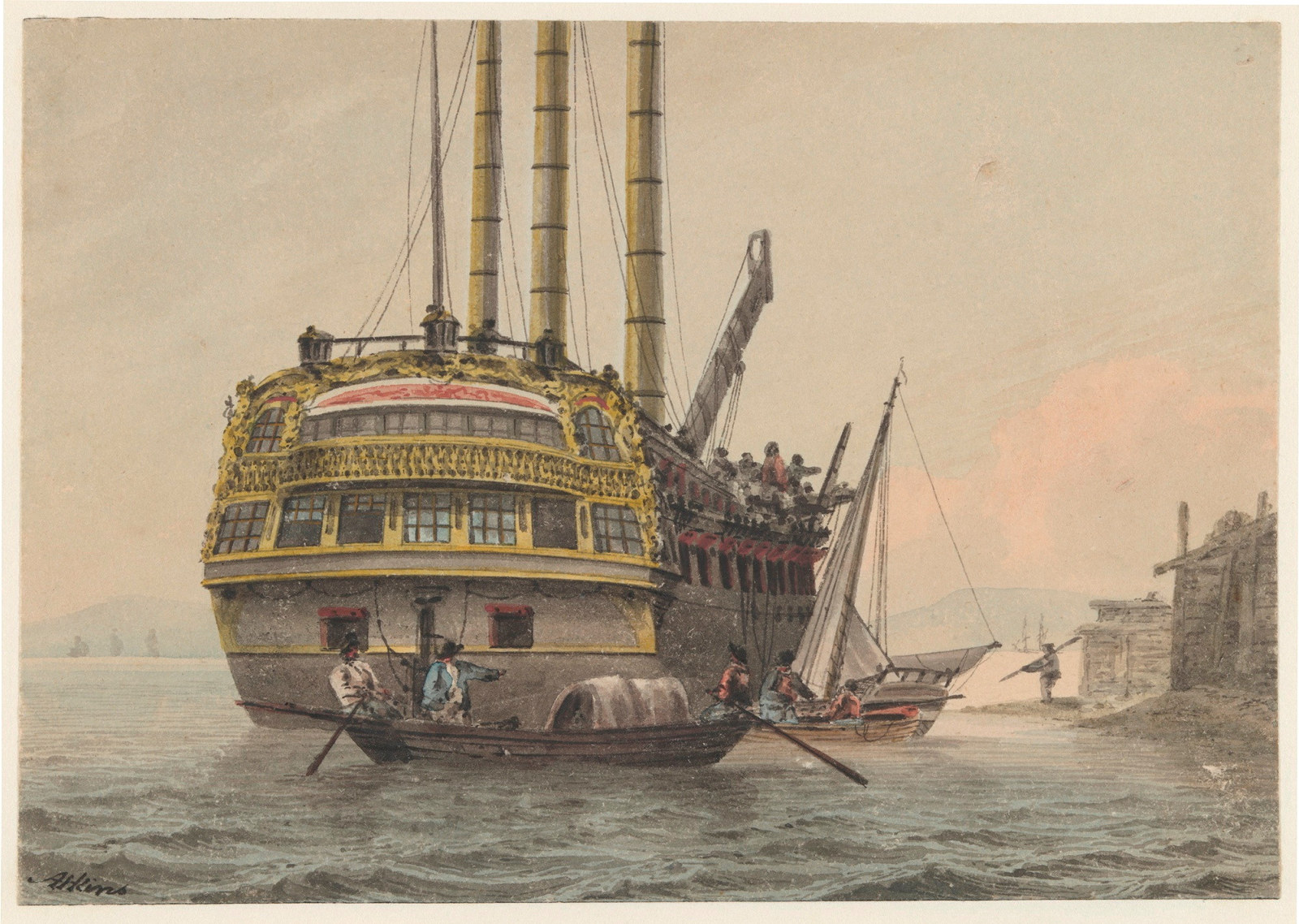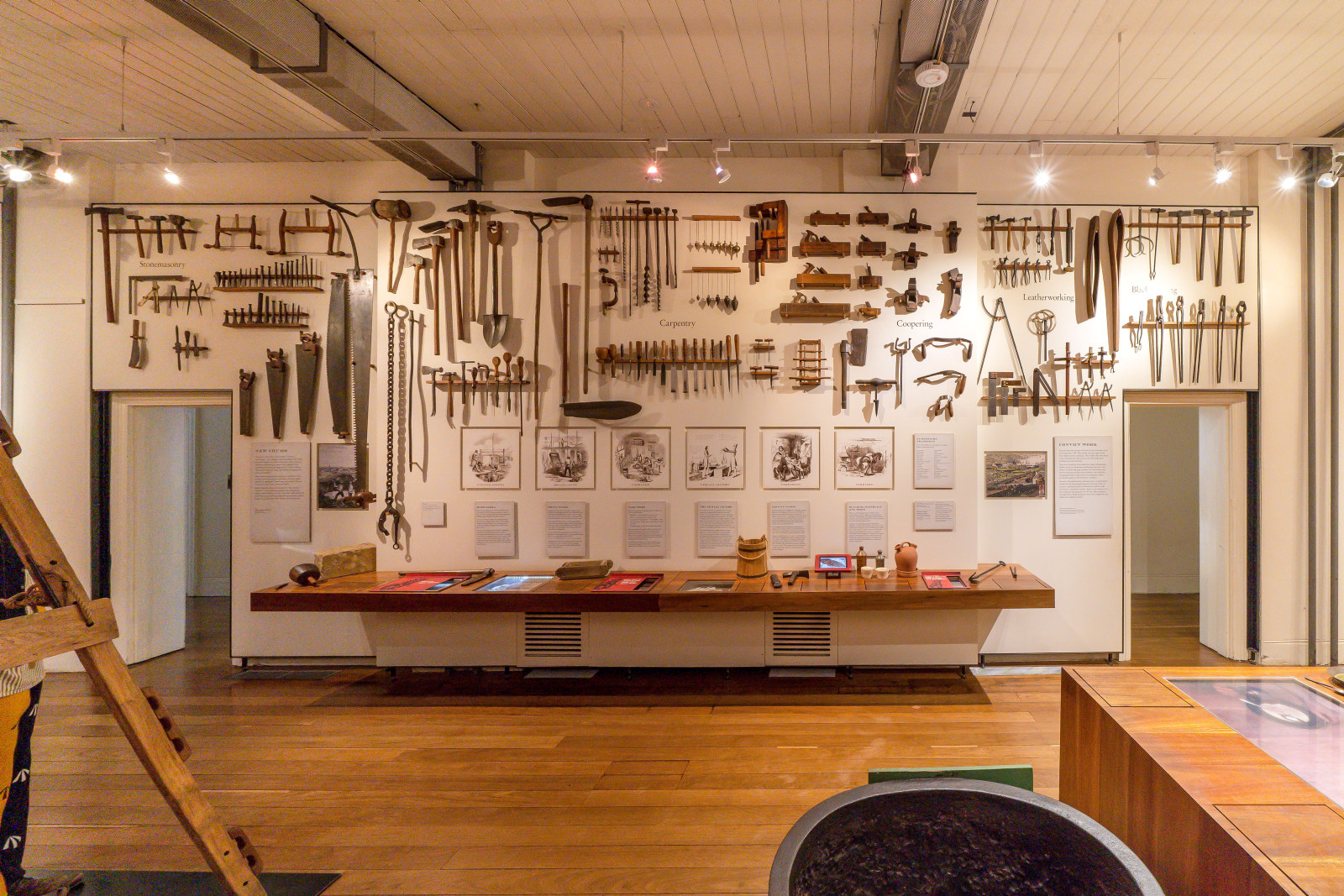Child convicts of Australia
From 1788, for more than 50 years, convicts were transported from Britain to New South Wales. These included children as young as nine years of age.
What was life like for these children who had been sent to the other side of the world for crimes like petty theft? All convicts, including children were expected to work. If they behaved badly, their youth did not protect them from being punished as harshly as adult convicts. Some child convicts went on to learn a trade, gain their freedom and live successful lives.
Step into the shoes of these child convicts to find out more about their stories.
Produced by ABC Education and Museums of History NSW
03:40
02:28
02:02
04:07
03:12
Published on
Related
Browse all
Convict Sydney
1801 - Day in the life of a convict
In the young colony, there was no prisoner’s barrack - the bush and sea were the walls of the convicts’ prison

Convict hulks
In the 21st century we are accustomed to thinking of imprisonment as one of the more obvious forms of punishment for convicted criminals. This was not so in the past

First Fleet Ships
First Fleet Ships
At the time of the First Fleet’s voyage there were some 12,000 British commercial and naval ships plying the world’s oceans

Convict Sydney
Objects
These convict-era objects and archaeological artefacts found at the Hyde Park Barracks and The Mint (Rum Hospital) are among the rarest and most personal artefacts to have survived from Australia’s early convict period